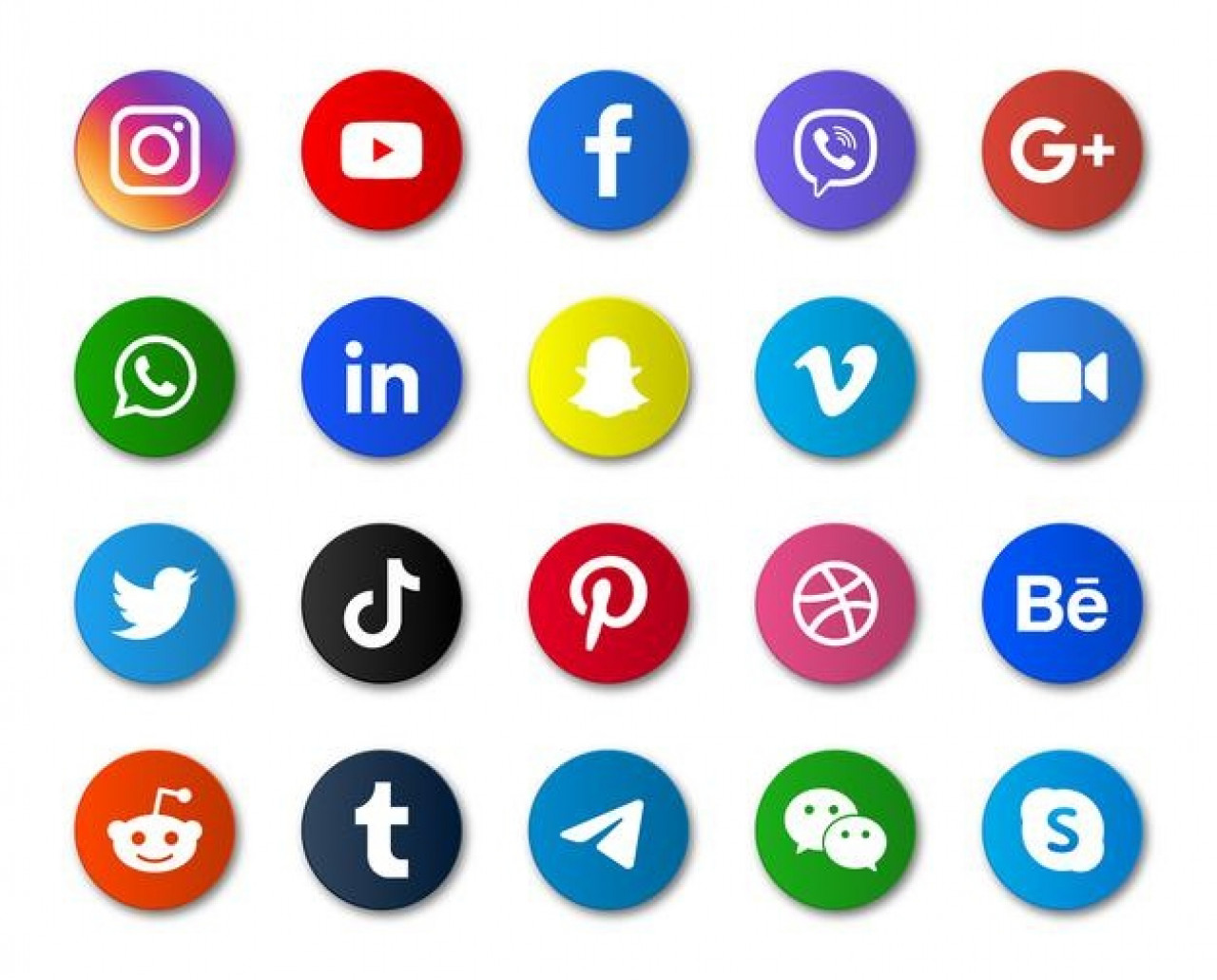In today’s fast-paced work environment, timely communication is key to staying productive. One crucial aspect of this is responding to emails promptly. While you’re not obligated to reply to every message immediately, doing so can improve the flow of work, especially in a team setting. This is where agile communication comes in—a concept that emphasizes responsiveness, flexibility, and efficiency in how we interact within an organization.
Agile communication is about more than just tools like email or messaging apps. It’s about creating an open, fast-moving exchange of information that enables teams to collaborate smoothly, make quick decisions, and adjust to changing needs in real time. Email plays a vital role here, as it often serves as the formal channel for critical communication that requires records, proofs, or follow-ups.
But balancing the need to reply quickly with managing your own workload is a challenge. Chasing every email or query can consume valuable time and leave your own tasks unattended. To avoid this, it's helpful to adopt a more structured approach. For example, set specific times during the day—such as once in the morning and once before finishing work—to check and respond to emails. This way, you can stay on top of your inbox without constant interruptions.
With smartphones giving instant notifications, it’s tempting to reply to emails as soon as they arrive. However, unless the issue is urgent, it’s best to wait until your scheduled time to respond. This allows you to reply thoughtfully and efficiently, keeping your workflow uninterrupted. By doing so, you incorporate agility into your routine while ensuring no important messages slip through the cracks.
Despite the rise of social media apps like WhatsApp and Viber for quick, informal exchanges, email remains essential for formal communication. Even in tech-driven companies like Apple, email is still regarded as a core tool for business. Apple’s CEO, Tim Cook, starts his day by replying to emails at 4 a.m., showing the continued importance of email in agile, productive workflows.
However, some organizations, particularly those with a generational mix, still struggle to fully embrace email as a key communication tool. These companies often find that while their teams are quick to respond on social media, they’re slower with email. I recently visited a company that made the shift to a paperless office lately. Despite having a young, tech-savvy team, they faced challenges transitioning from paper-based systems to fully digital communication. Now, they use a mix of tools, including email, which makes their workflow more agile and efficient.
So, how can we encourage everyone to use email and other communication tools effectively? The answer lies in management understanding the benefits of agile communication and providing thorough training across the organization. By fostering a culture that supports agile methods, teams can communicate more effectively, make quicker decisions, and enhance overall productivity.
Incorporating agile communication into your email habits is not only about being prompt but also strategic. By adopting a disciplined approach, you can balance both responsiveness and your personal productivity, ensuring that communication remains a tool for progress rather than a distraction.



